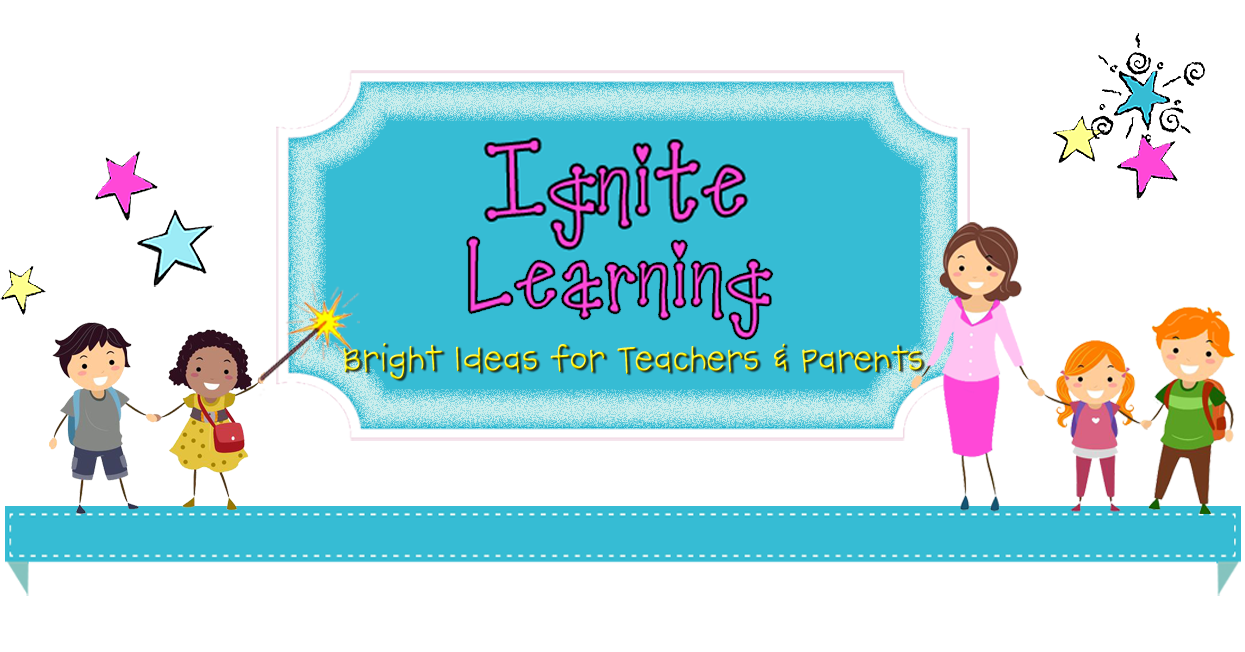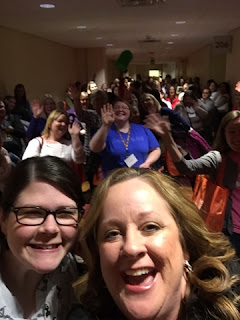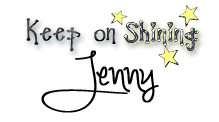
Let's face it, teachers love
STUFF!
I remember when I was growing up how often my mom and the other teachers I knew collected
STUFF! They saved everything from egg cartons, shoe boxes and toilet paper tubes to pie pans, rubber bands, and Pringles cans! For heaven's sake don't throw away the Christmas cards! :)
Over the years I realized the value in salvaging
STUFF so it could be used in
my classroom. This ability to see potential in the things others discard was passed down to me by many generations of teachers!
My husband has a really hard time understanding this. LOL! What appears to him as just a regular appliance box, to me is a bear den where my preschoolers can go to be alone or pretend to hibernate like other animals in winter. When I return from the library book sale with
another bag of children's books he sees clutter and I see adventures, literacy, and potential for connecting with a child in a special way that only the really good books can provide.
You should see my garage! Many years ago a dear friend and mentor taught me how to organize my
STUFF into categories and plastic totes. Through the years the shelves in my garage haven't held the normal tools and yard supplies you would expect. No, they have been filled instead with the treasures of a preschool classroom. Every month I would load my car up with box upon box of materials to help me turn my classroom in to a magical learning experience for the children I loved so dearly. I wanted to do everything I could to give them the best childhood experience possible and I really thought I needed
STUFF to do that.
I think its a sign of true love when your husband thinks your visions are nonsense, but he makes room for them in the garage, helps you carry the boxes, and smiles with adoration (or maybe an eye roll) when you return with another bag from the Target Dollar Spot!
With the emergence of the internet (yes, I began teaching before there was an internet) it seems that the
STUFF that teachers seek now are downloadable, printable, laminate-able (is that a word) and often plugged into an outlet! Now we can share all our wonderful ideas for how to use all this
STUFF via the world wide web on sites like Teachers Pay Teachers, Pinterest, and blogs like this!
Three years ago I made the decision to leave the classroom. It was a really difficult decision to leave the only job I'd known since I graduated from college. I LOVE teaching! I especially delight in the early childhood years. Three-year-olds get excited about toilet paper tubes, marble painting, and appliance boxes too! They light up the way I do when I discover a wonderful new children's book and have the opportunity to use all my funny voices with the characters!
After 18 years of teaching you can probably imagine how much
STUFF I had. Eighteen years of rummage sales, book fairs, donations, routines, and many many visits to the Dollar Store!
I had a really hard time letting go.
Deep inside of me I still see potential in many of the things I've collected over the years. It stirs something deep in my soul to anticipate the smiles and bright eyes of children as I share my new discovery with them. My heart beats faster, my eyes widen, and my face brightens with excitement and as a teacher you get to do it again and again!
Over time I have been able to dig deep and slowly but surely help much of my beloved STUFF find new homes where it will be well loved for years to come.
Now I am down to my very favorites. These are the ones that I long to use again. Whether in blog posts or someday in a classroom of my own, Examples include about 10 years of Mailbox Magazines. Those little magazines hold treasure between the covers. Teachers from all over the globe have contributed their finest ideas to the pages held within.
How about those teaching units for Clifford, Dr. Seuss, Eric Carle, and Chicka Chicka Boom Boom? Out of all of my files these are the ones that were my favorites! Year after year the children and I enjoyed many activities with these favorite children's books. Letting go of them means letting go of the hope that they will be used again.
In this journey that I have been on over the past nine years with Conscious Discipline I have learned many things. Each year I discover new areas of my life where I had no idea I needed to grow. 2016 seems to be the year for growing in truth. Each year my family and I do the One Word Challenge and my word this year is Truth.
So begins the next chapter in this story.
All of this said, the truth is that I have a hard time letting go of stuff. In fact, I probably put too much importance on the stuff.


I think there is definately value in having STUFF to use as tools in your classroom to help you bring new and creative lessons to your students.
NOW hear this...
What I have learned and continue to learn is that the magic isn't in the STUFF...the magic is in YOU. When you rely so heavily on all of the STUFF whether it is an idea book, art materials, appliance boxes, or the latest TPT download you lose touch with what matters most--Your belief in yourself!
I am in the process of organizing and redecorating my office. I decided that it was time for a
real big girl office! Since these are weak skills for me I hired a professional organizer. She is also a former preschool teacher so she totally understands my condition. :) She gets it.
As we began to work in my office she asked about the Mailbox Magazines and numerous children's books I continue to hold on to. I explained with tears in my eyes how precious they were to me and why I have such a hard time letting go of them. They hold so much potential.
The truth is that they also hold guilt.
Guilt about all the blog posts I hoped to write, but never did. Guilt about the fact that they were collecting dust instead of more memories.
The truth is they are a distraction.
They take my heart and mind away from where I presently am. Each time I see them they either take me to the past lamenting what is gone or to the future and how I wish to use them again.
The truth is I don't need them
now.
With all this distraction it is keeping me from being my best and giving my best to where I am right
now. My OCD Organizational friend helped me see that I have what I need right now inside me and I need to believe that. God will supply all I need when the time comes and
now I am being called to
let go. Trust that the magic is in me.
It was fear that was holding me back and whispering in my ear...

"You never know."
"You're not really that creative on your own."
"You may need them some day."
"You worked so hard to collect all that stuff. What if you can't find it again."
"It will make you a better teacher, blogger, trainer, coach, parent if you just hang on to that stuff."
LIES!
The truth is I have all I need and it is well. Peace and happiness doesn't come from
STUFF. Peace comes from a deep sense of well being knowing you've done your best wherever you are right
now.
For me, the truth is I'm not using this
STUFF now and haven't used it for the past three years. It would serve its purpose so much better in the hands of a teacher and young children that will benefit from all these ideas right NOW! I decided to begin giving some of my treasures to a dear friend who has her very first Head Start classroom. She is eager to give new life to my old dusty materials and love them well with her bright eyed preschoolers.
Although it was with tears in my eyes that I loaded her car with bags and boxes, I know this is all a part of the circle of life. She was overjoyed to receive such a gift and it moved her to pay it forward the same day by donating her unneeded van to a family in need.
So what about you? What are you holding on to that keeps you from being your best self? You have all the magic you need right inside you and your best lesson plan walks through the door every day. Don't let all the STUFF distract you so much that you miss what is right in front of you.








































